Agricultural Products Lists
-
Key points of cultivation techniques of buckwheat
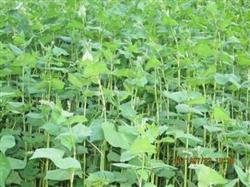
Buckwheat is a good crop for filling leisure and disaster relief because of its short growth period, strong adaptability, moderate yield and high value of nutrition and health care. There is a habit of growing buckwheat all over our county. In order to achieve a stable yield and bumper harvest of buckwheat after the disaster, we must grasp the following key technical links: 1. Select improved varieties. It is appropriate to choose a growth period of 70 Mel for 80 days, with stress resistance.
2018-09-12 -
Buckwheat needs less fertilizer, but fertilizer is expensive.
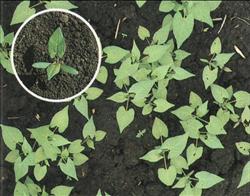
Buckwheat has short growth period, rapid growth, slender stem and underdeveloped root system, so it is a kind of crop that needs less fertilizer. Generally speaking, for every 100 kg buckwheat grain produced, about 3.3 kg of nitrogen, 1.5 kg of phosphorus and 4.3 kg of potassium need to be absorbed from the soil. The specific amount of fertilizer application will be due to soil texture, cultivation conditions, climate characteristics,.
2018-09-12 -
Cultivation techniques for stable and High yield of Buckwheat
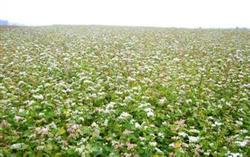
Mustard belongs to seed plant phylum, angiosperm class, dicotyledonous plant Polygonaceae. The variety has high nutritional value, cool, anti-inflammatory, help digestion, anti-aging and other health functions, with an average yield of about 100 kg per mu. Increase buckwheat per unit yield, increase total yield, to promote catering industry, processing industry, medicine and health care industry development.
2018-09-12 -
Control of buckwheat hook-wing moth
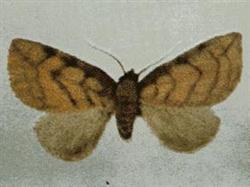
Buckwheat hook-wing moth belongs to Lepidoptera, Noctuidae, adults 10-13 mm long, wingspan 30-36 mm, forewings have 3 outward curved ">"-shaped yellow-brown lines. The length of the larvae is 20-30 mm. The young larvae are green or grayish brown. With the increase of the instar, the larvae gradually change to dark brown, and the mature larvae are dirty white. The insect is mainly.
2018-09-12 -
Prevention and Control of Rice Diseases, pests and Weeds in Green Agricultural products
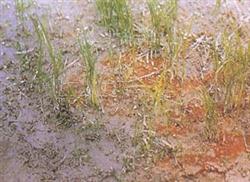
Rotten rice seedlings are the seeds and seedlings of rice that die in the seedling field (rotten seeds, rotten buds and dead seedlings), which can be divided into two categories: physiology and infectivity. Physiological rotten seedlings are purely caused by adverse environmental conditions, while infectious rotten seedlings refer to weak parasites such as Pythium, Fusarium, Fusarium and Rhizoctonia caused by adverse environment.
2018-09-12 -
High-yielding cultivation techniques of single-season Direct seeding Rice
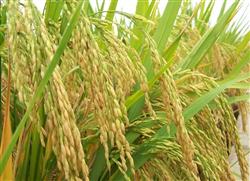
Direct seeding single night has the advantages of easing seasonal contradictions, reducing labor intensity, labor-saving, cost-saving, seed-saving and seedling-saving, and its yield is generally above 500kg, which is welcomed by the majority of farmers. According to the planting experience over the past few years, it is summarized as follows: first, select and breed excellent varieties, do a good job in field leveling, improve sowing quality and strength.
2018-09-12 -
Measures for Promoting Early Maturity of Rice
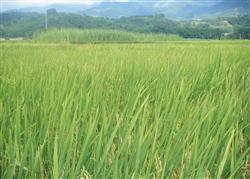
1, early seedling training, breeding strong seedlings seedlings after the needle began small ventilation, 1 leaf 1 heart gradually increase ventilation, so that the temperature control at 20-25℃;2-3 leaf stage gradually into the day cover, at this time if the seedlings early and late leaf tip water droplets less, bed soil dry to irrigate a permeable water, and combined with seedbed topdressing, urea 1.5 per square meter of seedbed.
2018-09-12 -
Summary of dry cultivation and sparse planting of Rice
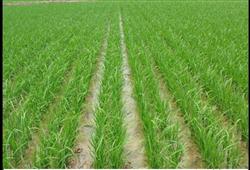
Rice dry cultivation and sparse planting is one of the agronomic measures popularization. the perennial rice cultivation area is 9315 mu and the per unit yield is low. With the continuous non-development and progress of science and technology, the yield has been significantly increased, especially since the promotion of wide and narrow row planting and dry cultivation and sparse planting, the effect is better, and farmers have been able to increase production and income. Rice is dry and sparse.
2018-09-12 -
Cultivation techniques of dry cultivation and dry cultivation of Rice
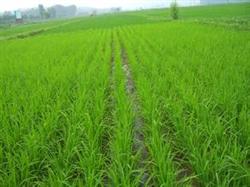
Dry cultivation means that when the seedling age of early rice is suitable for throwing and planting, under the condition of drought and lack of water in the field, herbicides are directly sprayed to control weeds, and then holes are burrowed with wooden sticks or ditches are opened with shovels, and then seedlings are transplanted and planted. Key points of cultivation techniques (1) Paddy field treatment: spraying herbicides before planting is optional.
2018-09-12 -
Summary on High-yield cultivation techniques of dry cultivation and late planting of Rice
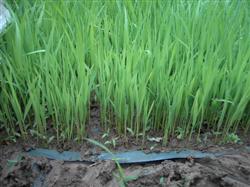
The technology of dry raising rice seedlings has been introduced into Luoquan Town since 1990s. After the stage of experiment, demonstration and extension, through nearly 20 years of production practice, many successful experiences have been obtained from sowing experiments in different soils and different ways. now dry seedling raising technology is a mature new rice seedling raising technology in our town. After the reverse.
2018-09-12 -
What is the law of fertilizer requirement in each growth stage of rice?
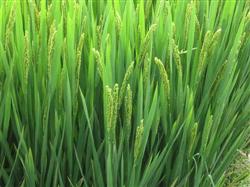
The law of nitrogen absorption: sleeping until sleep is very sensitive to nitrogen nutrition, which is the most important factor to determine the quality of rice. Rice has a high nitrogen concentration in its whole life, which is the nutritional and physiological characteristics needed for high-yield rice. There are two obvious peaks of nitrogen uptake by rice. One is the tillering stage, that is, 2 weeks after transplanting.
2018-09-12 -
Several control measures of rice stem borer
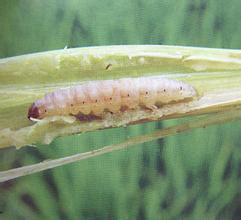
Rice stem borer, also known as heart borer, heart borer, is one of the main pests harmful to rice, the larvae have miscellaneous feeding habits, but also harm corn, sorghum and so on. Generally, the yield can be reduced by 5-10%, and the yield can be reduced by more than 30%. It is also an urgent matter for insects to seize grain. Several prevention and control measures are introduced for reference only. 1....
2018-09-12 -
Fertilizer requirement characteristics and fertilization principles of Rice
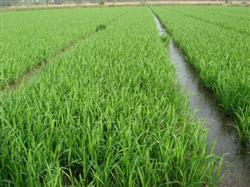
Crop production is affected by many factors, and fertilization conditions are ever-changing. If we understand the fertilizer requirements and principles of crops, we can adjust measures to local conditions. It is suggested that fertilization should be framed within a reasonable range. Basic principles, including other agricultural measures, are designed to help farmers broaden their minds when analyzing and solving practical problems.
2018-09-12 -
What are the key points for the prevention and control of rice false smut?
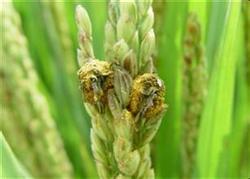
Rice is susceptible to disease at heading and flowering stage, and the pathogen is harmful to some grains on the panicle. At the joint of Yinggu, the yellowish green block was exposed, gradually expanded, and finally wrapped in the whole glume shell, the shape was 4 times larger than that of healthy grain, it was dark green, the surface was smooth, then cracked, and dark green powder was scattered. The weather is closely related to the occurrence of false smut.
2018-09-12 -
Control techniques of common diseases and insect pests in rice
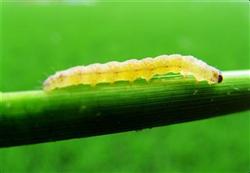
A bacterial disease in the leaves of rice. The pathogen is a pathogenic variety of rice yellow unicellular rice in prokaryotes. The bacteria are immersed in the wounds and pores of the roots, stems and leaves and multiply in the ducts of the vascular bundles. Seedling stage and tillering stage are the most vulnerable. Most of the seedling leaves showed the symptom of leaf withering. In the infectious product.
2018-09-12 -
Zinc fertilizer for rice, disease resistance, high yield and health
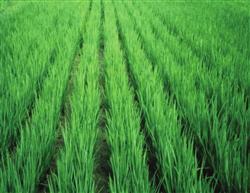
Rice enters the jointing and panicle stage, which is not only an important period for the transformation from vegetative growth to reproductive growth, but also a key period to determine yield. To do a good job in the field management of rice in the middle and later stage is very important for protecting full panicle, attacking large panicle, shaping high-yield plant type and setting up high-yield shelf. First, the characteristics of seedling situation according to the survey on July 21.
2018-09-12 -
Characteristics of Fertilizer requirement and fertilization techniques during Rice growth period
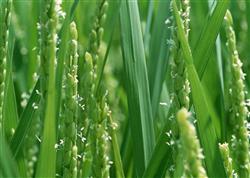
1. The characteristics of fertilizer requirement of rice nitrogen, phosphorus and potassium are the nutrient elements needed by rice but lacking in soil. Generally, for each 100kg production of rice, it is necessary to absorb nitrogen 1.6~1.9kg, phosphorus 0.8~1.3kg and potassium 1.8~3.8kg, and the ratio of nitrogen, phosphorus and potassium is about 1RV 0.5 1.8~3.8kg. Nitrogen is the most from turning green to tillering stage.
2018-09-12 -
Symptoms of Zinc deficiency in Rice and skillful Application of Zinc Fertilizer in Rice Field
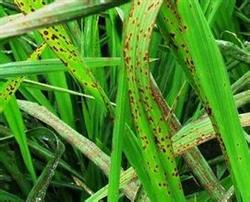
Zinc is one of the necessary trace elements in the growth and development of rice. Zinc deficiency in rice will show obvious symptoms. Due to zinc deficiency, chlorotic yellow and white spots, upper reddish brown spots and irregular patches appeared in the lower leaf vein area, then gradually enlarged as reddish brown stripes, turned reddish brown and dried up from the leaf tip downward.
2018-09-12 -
Opinions on the Control of Disease and Cordyceps in Rice Field
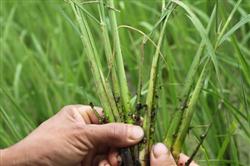
Rice black-streaked dwarf disease in southern China is a viral disease mainly transmitted by white-backed planthopper, which mainly harms major food crops such as rice and corn. Once the crops are susceptible, the plants are dwarfed, the tillers increase, and the diseased rice can not heading and fruiting in the later stage of growth, even no grain harvest. It is a serious threat to the safety of grain production in our county. For science.
2018-09-12 -
Key points of no-tillage rice seedling throwing operation
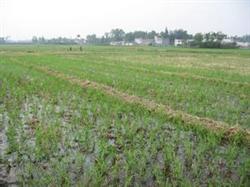
Rice no-tillage seedling throwing refers to a new rice cultivation project in which no-tillage and harrowing rice fields are harvested last season without any ploughing and harrowing, first using herbicides to kill weed plants and irrigating rice seedlings, destroying withered rice piles, irrigating and fertilizing the field, and after the water layer naturally dries or drains shallow water, a new rice cultivation project in which plastic tray seedlings or paper tube seedlings are thrown into the field.
2018-09-12
